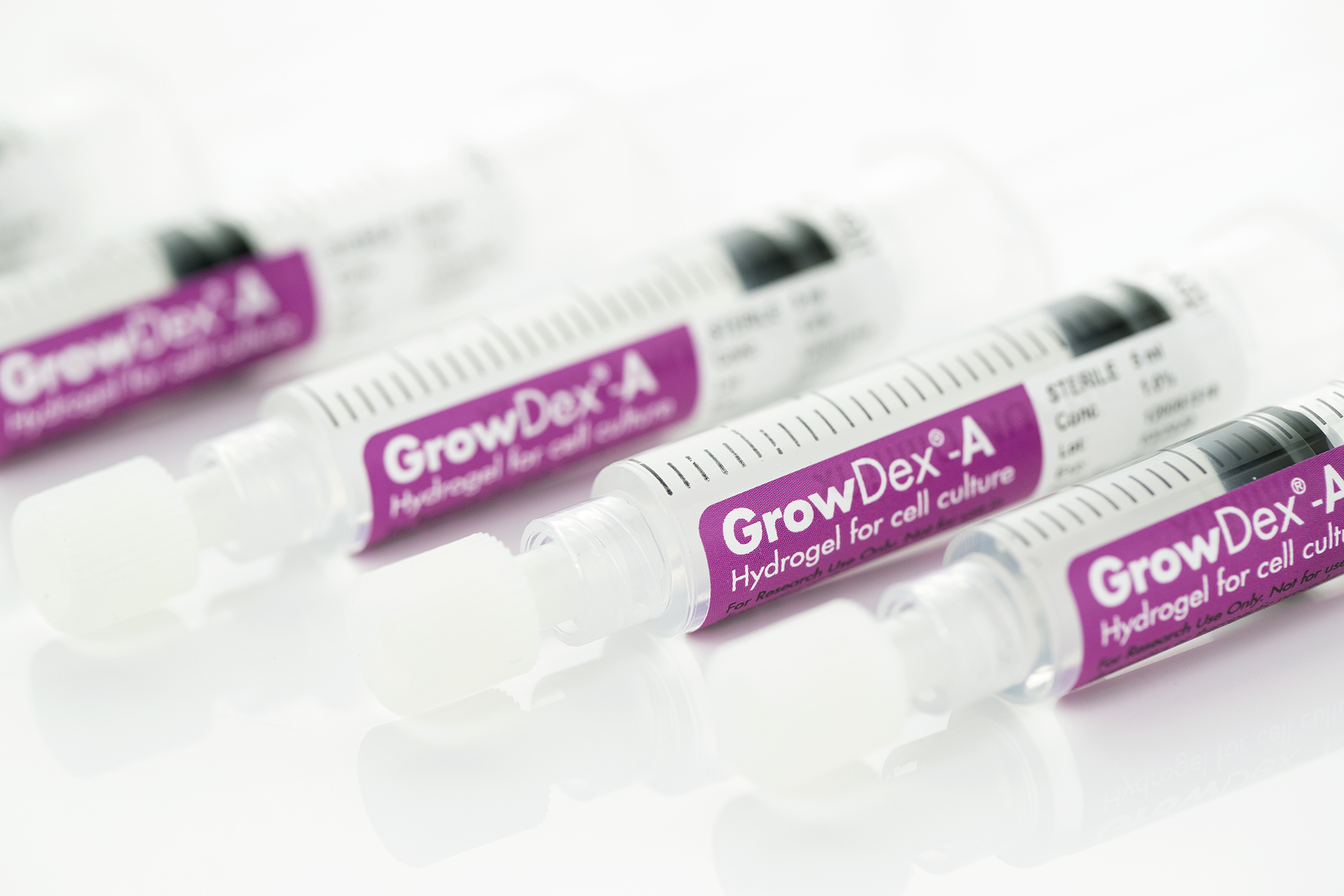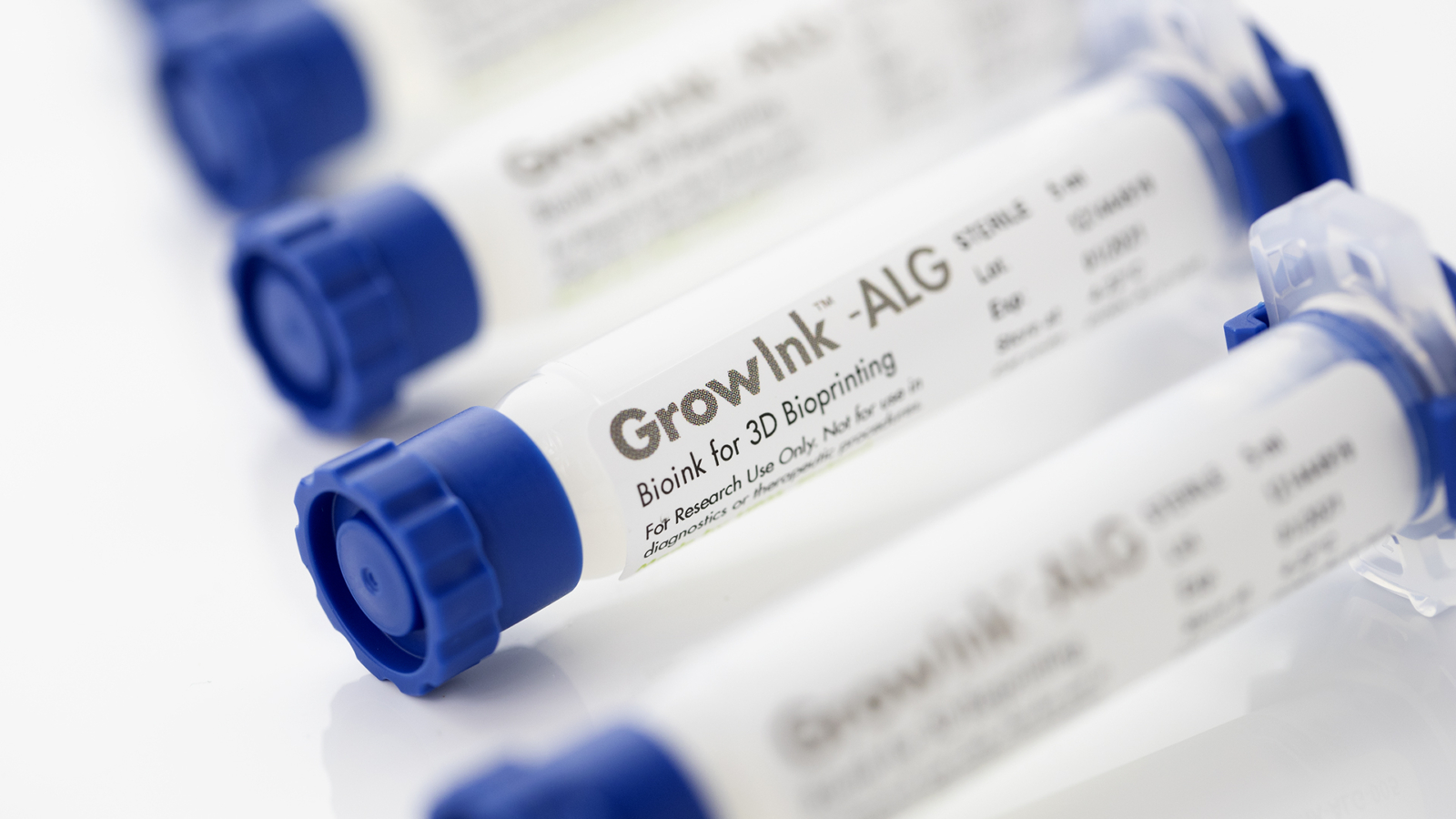UPM, a Finnish alternative energy and material company, has launched a range of bioinks known as GrowInk, designed for various 3D bioprinting applications such as tissue engineering and regenerative medicine.
The GrowInk range features novel non-animal derived hydrogels that emulate the environment to support cell growth and differentiation. The materials debuted at the SLAS2020 science conference in San Diego, California.

Eco-friendly 3D bioprinting materials
Founded in 1996, UPM develops and supplies sustainable wood-based biomedical products. Its GrowDex line includes hydrogels for 3D cell culturing and research. In 2018, the company released a recyclable biocomposite filament for FDM 3D printers, UPM Formi 3D, which uses cellulose fibers and biopolymers. Last year, the biotechnology company and it’s subsidiary, UPM Biocomposites, as well as robotics manufacturer ABB and Prenta Oy, collaborated to create large components and furniture using its recyclable UPM Formi filament.
According to UPM, the two main components of its latest bioinks, GrowInk, are its nanofibrillar cellulose and water. This is integrated to provide a defined matrix that can be directly mixed with cells and customized. A sterile hydrogel known as GrowDex-A has also been introduced. This hydrogel is designed to bind biotinylated molecules including proteins, peptides, and antibiotics for 3D cell culture.
Manufacturing on Demand

GrowInks for medical research
Presently, the GrowInk materials are available in three variations. The first, GrowInk-N is a natural opaque bioink made of pure nanofibrillar cellulose. GrowInk-T, a transparent, anionic nanofibrillar cellulose bioink for advanced applications that can be optionally cross-linked to harden printed structures. Finally, GrowInk-ALG a nanofibrillar cellulose-based bioink with alginate that can be cross-linked.
* This article is reprinted from 3D Printing Industry. If you are involved in infringement, please contact us to delete it.
Author: Tia Vialva


Leave A Comment